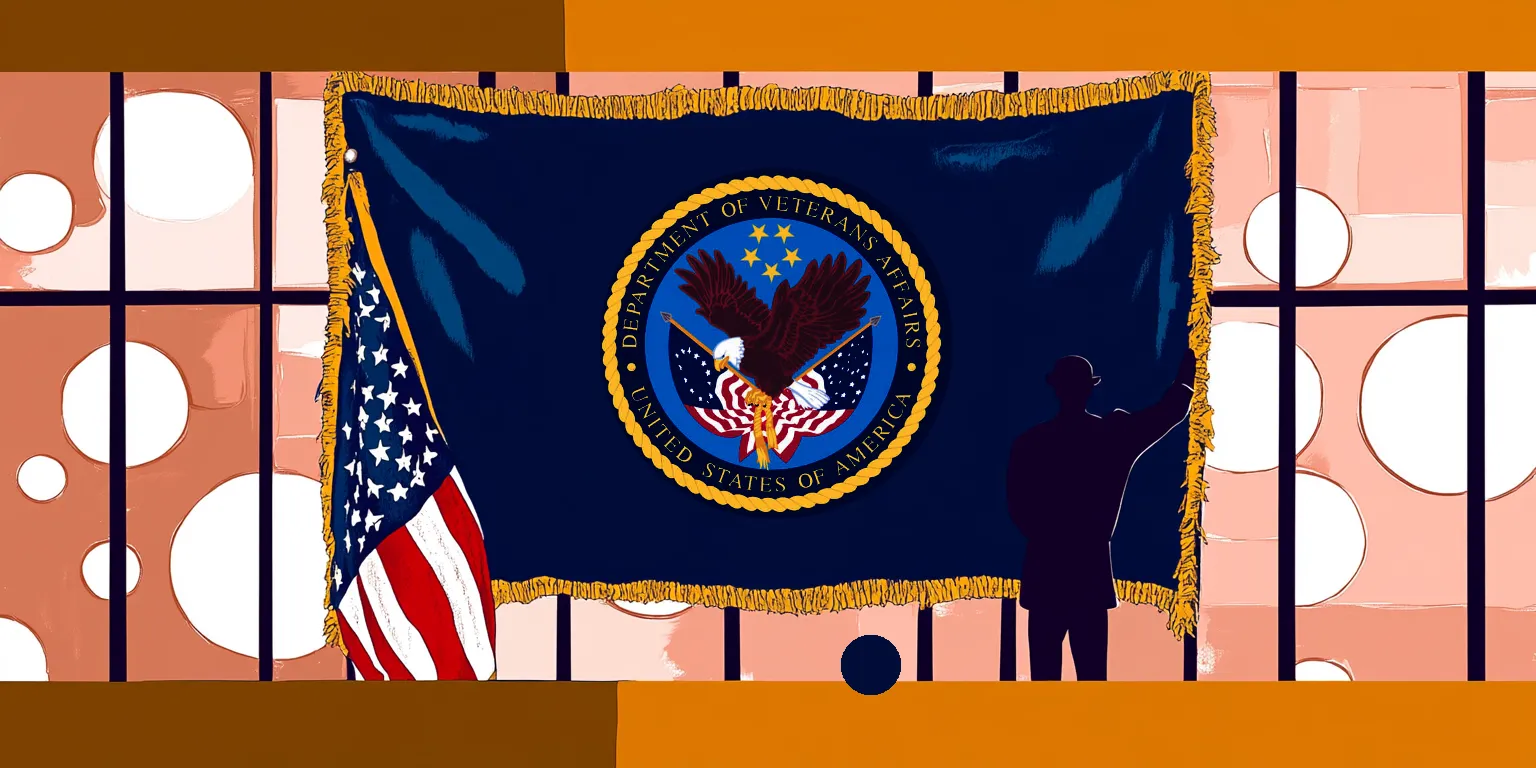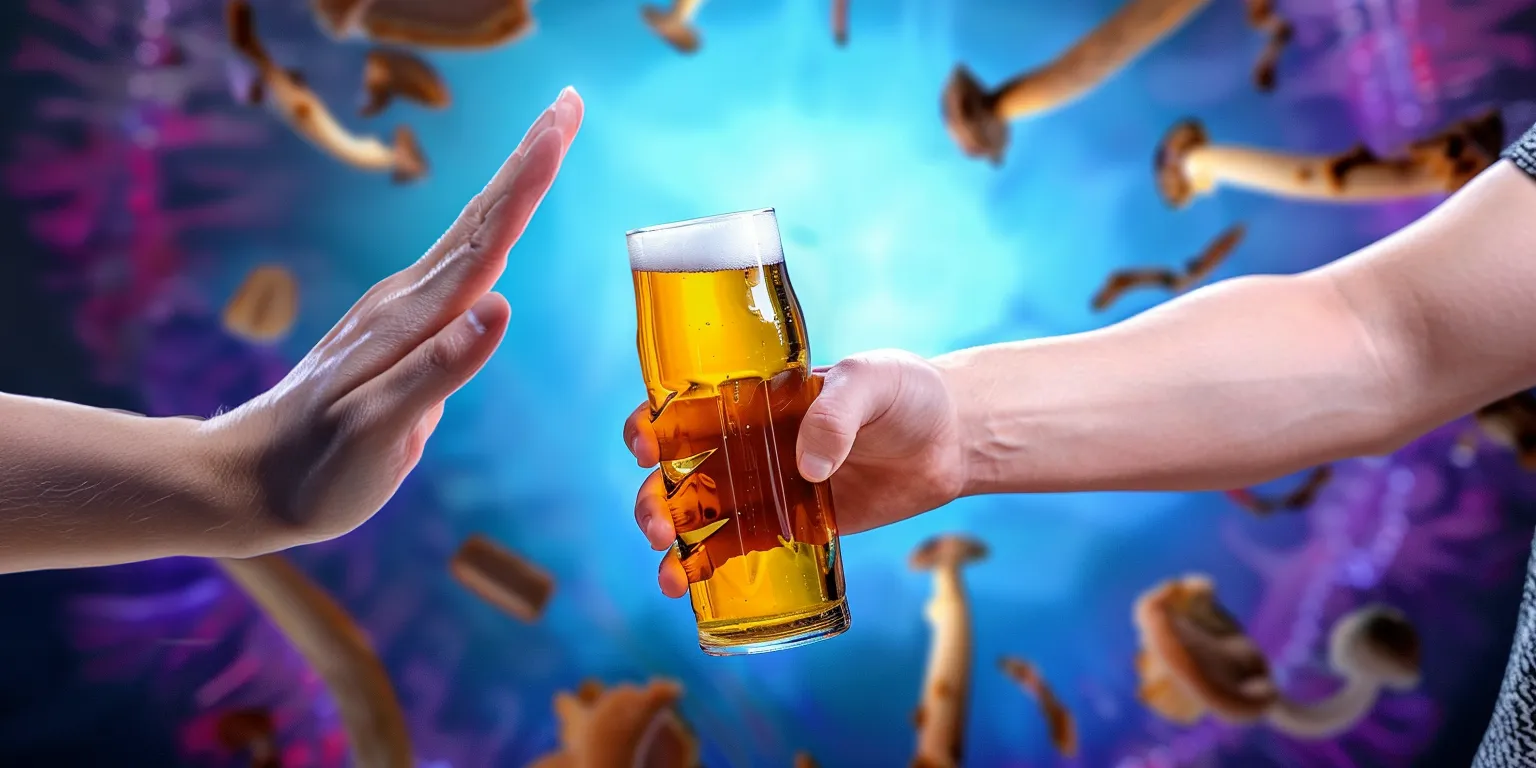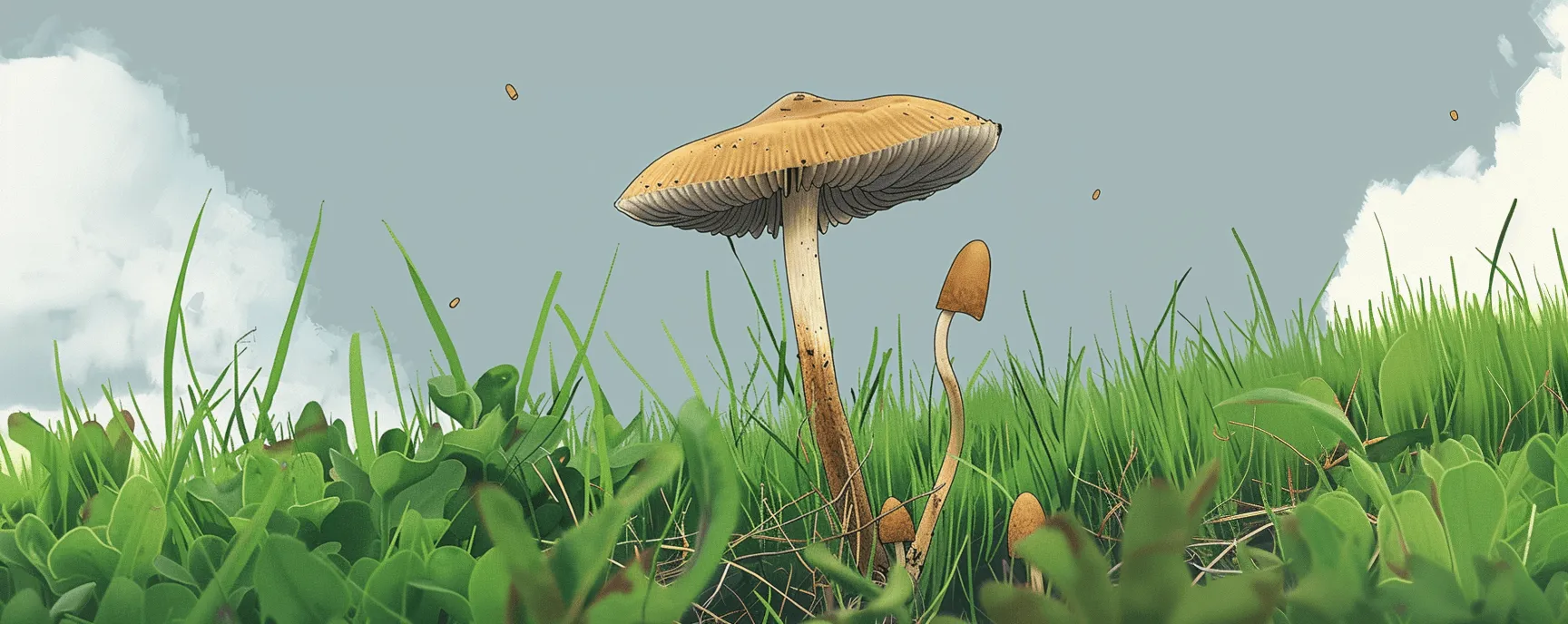Have you ever had a wonderful weekend enjoying a little MDMA, and despite all of the warnings, you never got the “blues?” Perhaps, instead of feeling down, you felt wonderful. You had a spring in your step, and a song in your heart, and all was right in the world. Maybe this feeling lasted a few days after you had your Molly? If this is the case, you’ve probably experienced a phenomenon known as the “afterglow effect.” This is when you have a post-comedown feeling of euphoria, joy, happiness, or contentment for one or more days after you’ve finished an MDMA trip.(1, 2)
Theories about why some people experience an afterglow abound, and we don’t have any definitive answers. A few of the most prominent ideas range from the lingering presence of metabolites like 4-Hydroxy-3-methoxymethamphetamine (HMMA), or the mood-boosting impact of hormones like oxytocin and vasopressin. There is also some evidence to suggest that the transformative power of the MDMA experience itself may be at the heart of the “afterglow.”(1, 2, 3, 4)
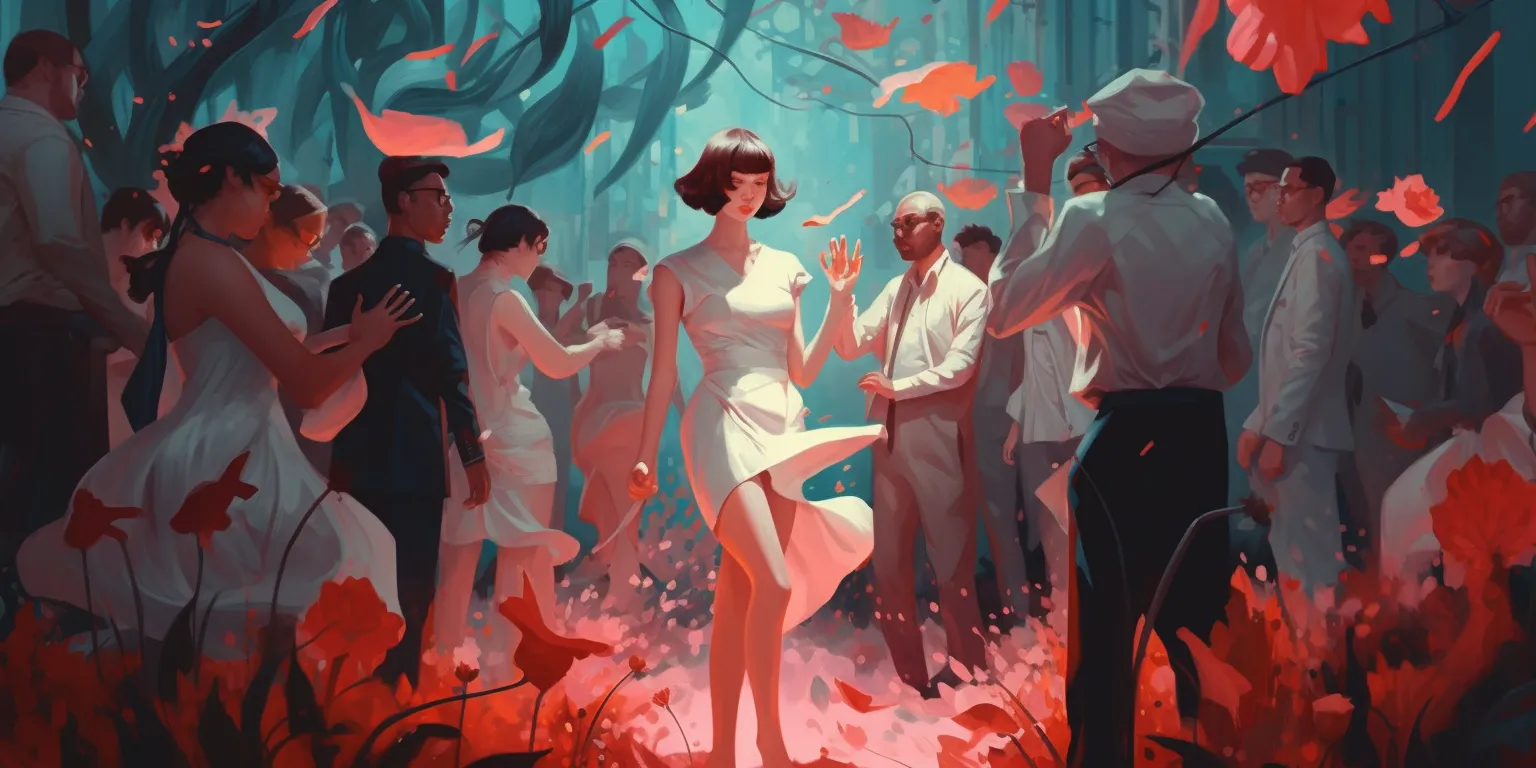
Some other theories include the prosocial effect of MDMA, lingering joy from the MDMA experience, and positive mood changes from spending time with loved ones. One study even suggests that the afterglow effect really should be more common than the dreaded “Tuesday blues” and that most of the negative effects of the MDMA come down/”hangover” can be attributed to a lack of sleep, excessive physical activity (e.g., dancing too much), combining MDMA with other drugs like alcohol, or contamination from other drugs such as methamphetamine or synthetic opioids. Unfortunately, the afterglow is not well-researched at present, but that is changing.(5)
MDMA and The Release of Oxytocin and Vasopressin
One possible explanation for the afterglow involves the release of oxytocin and vasopressin, two hormones that play a significant role in social bonding and attachment. MDMA increases the release of both hormones, potentially contributing to the drug’s prosocial effects.(1)
Keep Up with Uncensored Psychedelic Trends
Join our newsletter at Psychedelics Uncensored.
We respect and protect your privacy. By subscribing your info will be subject to our privacy policy . Unsubscribe easily at any time
Oxytocin is often called the “love hormone” or “cuddle hormone” because of its involvement in social attachment, trust, and empathy. MDMA has been associated with an uptick in oxytocin levels in the brain. This increase is thought to be one of the reasons behind the heightened sense of connectedness and emotional openness that MDMA users often report experiencing.(1)
Vasopressin, another hormone, is also involved in social behavior, memory, and emotional regulation. Similar to oxytocin, MDMA temporarily raises vasopressin levels in humans. However, the direct effects of vasopressin on the MDMA experience are not as well understood as those of oxytocin. What we do know is that vasopressin may help us form long-term bonds. Some studies have also shown that it could assist with the recognition of family or other group members. This, in turn, might help establish trust and bond-building.(1,6)
The afterglow could result from these hormones’ lingering effects on the brain, enhancing social connections and feelings of emotional warmth for an extended period after the drug’s use. This theory may also help explain why individuals with stronger social bonds may experience a more intense afterglow, as they may have higher baseline levels of oxytocin and vasopressin. Again, this needs to be fully understood, and more research is needed.
MDMA and The Power of Transformative Experiences
Another possibility comes from the lingering and positive impact of transformative experiences. While not directly connected to MDMA, research has shown that psychedelics (MDMA is considered a non-classical psychedelic) can cause a transformative experience. This is where an individual undergoes something powerful and impactful that causes a serious, usually positive, effect on their sense of self, long-term outlooks on life, or well-being.(4)
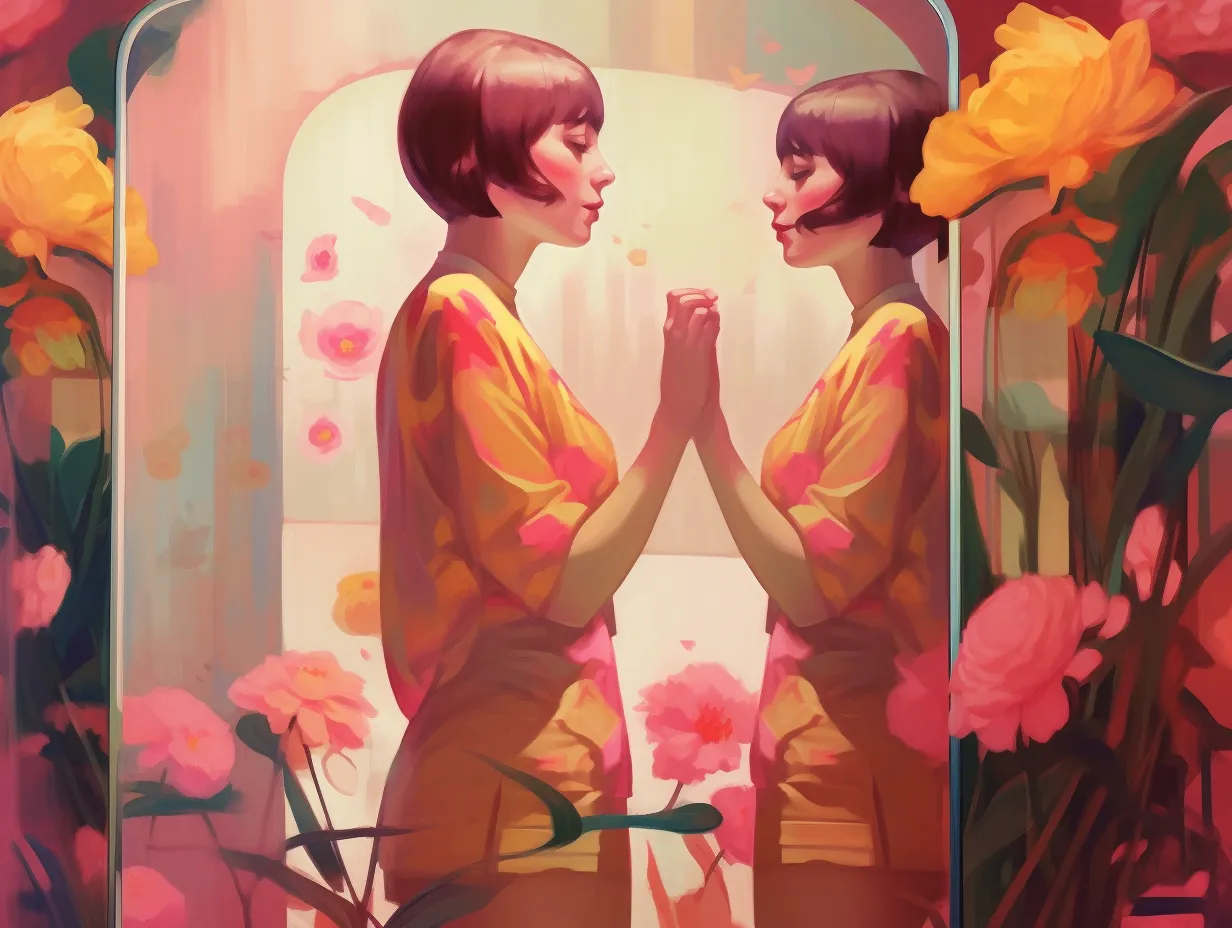
The after-effects of this transformative experience can last for weeks or months. Some research shows that this coincides with what we think of as the typical “afterglow experience,” meaning that individuals have increased feelings of thankfulness, positivity, elevated moods, and even reduced anxiety. They may also feel that they have stronger relationships with friends and loved ones. Some studies go so far as to indicate that this could last for years. A follow-up study to Pahnke’s famed Good Friday Experiment found that some participants reported positive effects from their psychedelic experience up to 25 years after the original study. Pahnke’s experiment was intended to explore the entheogenic properties of psilocybin and found that it could trigger powerful mystical experiences. This follow-up, conducted in 2008 by Rolland R. Griffiths, showed that individuals who underwent a psilocybin-induced mystical experience reported lasting, positive changes up to 14 months after the event.(7, 8)
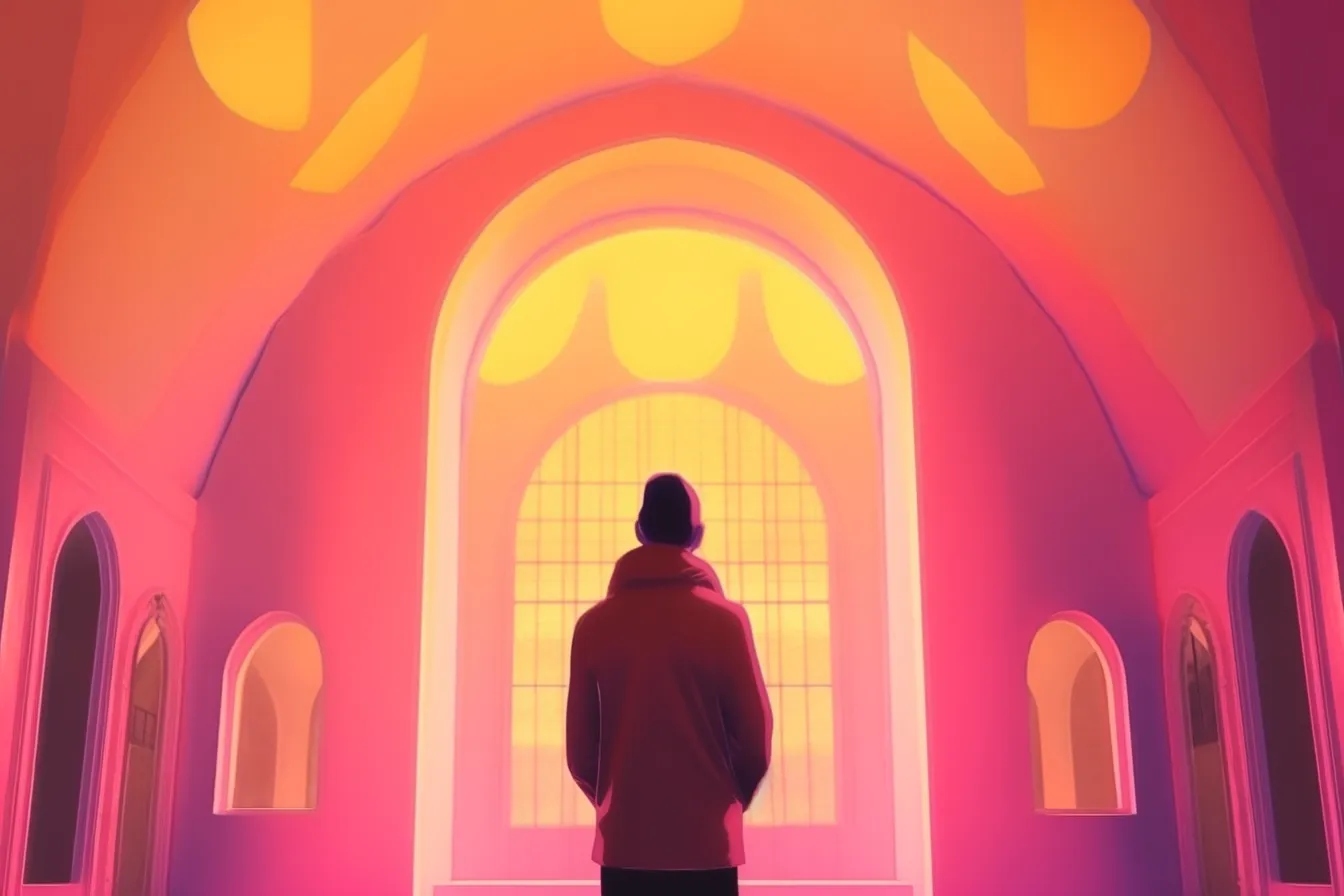
Unfortunately, a similar study has yet to be conducted with MDMA. However, MAPS recently published their long-term follow-up study results from six pooled Phase II clinical trials examining MDMA as a treatment option for PTSD. This study found that most participants in the original Phase II trials continued to feel positive effects for several months after the clinical trials’ conclusion. Even more impressive, most participants showed a clinically significant reduction in PTSD symptoms.(9)
Keep Up with Psychedelic Trends
Get uncensored psychedelic news, events, and updates. Join Psychedelics Uncensored!
We respect and protect your privacy. By subscribing your info will be subject to our privacy policy . Unsubscribe easily at any time
The MDMA afterglow is one of the most interesting knock-on effects of MDMA usage. While we don’t fully understand it or why some people experience an afterglow, and others do not, it’s certainly a topic that deserves more attention and better research. As we continue to delve into the many secrets still held by psychedelics, we can look forward to a future where we understand how to take advantage of the “afterglow” and what, if any, impact it could have on well-being and the promotion of deeper human connection.
Sources

1. Freye, E. (1970, January 1). Pharmacological effects of MDMA in man. SpringerLink. Retrieved May 2, 2023, from https://link.springer.com/chapter/10.1007/978-90-481-2448-0_24
2. Majic, T., & Schmidt, T. T. (2015, February). Peak experiences and the afterglow phenomenon: When and how do therapeutic effects of hallucinogens depend on psychedelic experiences? Journal of Psychopharmacology. Retrieved May 2, 2023, from https://www.researchgate.net/profile/Timo-Schmidt/publication/272164172_Peak_experiences_and_the_afterglow_phenomenon_When_and_how_do_therapeutic_effects_of_hallucinogens_depend_on_psychedelic_experiences/links/566b28b808ae1a797e39ceaa/Peak-experiences-and-the-afterglow-phenomenon-When-and-how-do-therapeutic-effects-of-hallucinogens-depend-on-psychedelic-experiences.pdf
3. Kuwayama, K., Tsujikawa, K., Miyaguchi, H., Kanamori, T., Iwata, Y. T., & Inoue, H. (2009, June 1). Determination of 4-hydroxy-3-methoxymethamphetamine as a metabolite of methamphetamine in rats and human liver microsomes using gas chromatography-mass spectrometry and liquid chromatography-tandem mass spectrometry. OUP Academic. Retrieved May 2, 2023, from https://academic.oup.com/jat/article/33/5/266/753705
4. Forstmann, M., Yudkin, D. A., & Crockett, M. J. (2019, December 17). Transformative experience and social connectedness mediate the mood-enhancing effects of psychedelic use in naturalistic settings. Psychological and Cognitive Sciences. Retrieved May 2, 2023, from https://www.pnas.org/doi/10.1073/pnas.1918477117
5. Sessa, B., Aday, J. S., & Nutt, D. J. (2021, December 13). Debunking the myth of ‘Blue Mondays’: No evidence of affect drop after taking clinical MDMA. Journal of Psychopharmacology. Retrieved May 2, 2023, from https://journals.sagepub.com/doi/abs/10.1177/02698811211055809?journalCode=jopa
6. Cuzzo, B., Padala, S. A., & Lappin, S. L. (2022, April 22). Physiology, vasopressin – statpearls – NCBI bookshelf. STATPEARLS. Retrieved May 2, 2023, from https://www.ncbi.nlm.nih.gov/books/NBK526069/
7. Multidisciplinary Association for Psychedelic Substances (MAPS, 2016): Pahnke’s ‘Good Friday Experiment’: A Long-Term Follow-Up and Methodological Critique. https://maps.org/2006/11/13/good-friday-drugs-mysticism/
8. Griffiths, R., Richards, W., Johnson, M., McCann, U., & Jesse, R. (2008, August). Mystical-type experiences occasioned by psilocybin mediate the attribution of personal meaning and spiritual significance 14 months later. Journal of Psychopharmacology. Retrieved May 2, 2023, from https://www.ncbi.nlm.nih.gov/pmc/articles/PMC3050654/
9. Jerome, L., Feduccia, A. A., Wang, J. B., Hamilton, S., Yazar-Klosinski, B., Emerson, A., Mithoefer, M. C., & Doblin, R. (2020, August). Long-term follow-up outcomes of MDMA-assisted psychotherapy for the treatment of PTSD: A longitudinal pooled analysis of six phase 2 trials. Journal of Psychopharmacology. Retrieved May 2, 2023, from https://www.ncbi.nlm.nih.gov/pmc/articles/PMC7351848/
This material is not intended as a replacement or substitute for any legal or medical advice. Always consult a medical professional about your health needs. Psychedelics are widely illegal in the United States, and readers should always be informed about local, state, and federal regulations regarding psychedelics or other drugs.
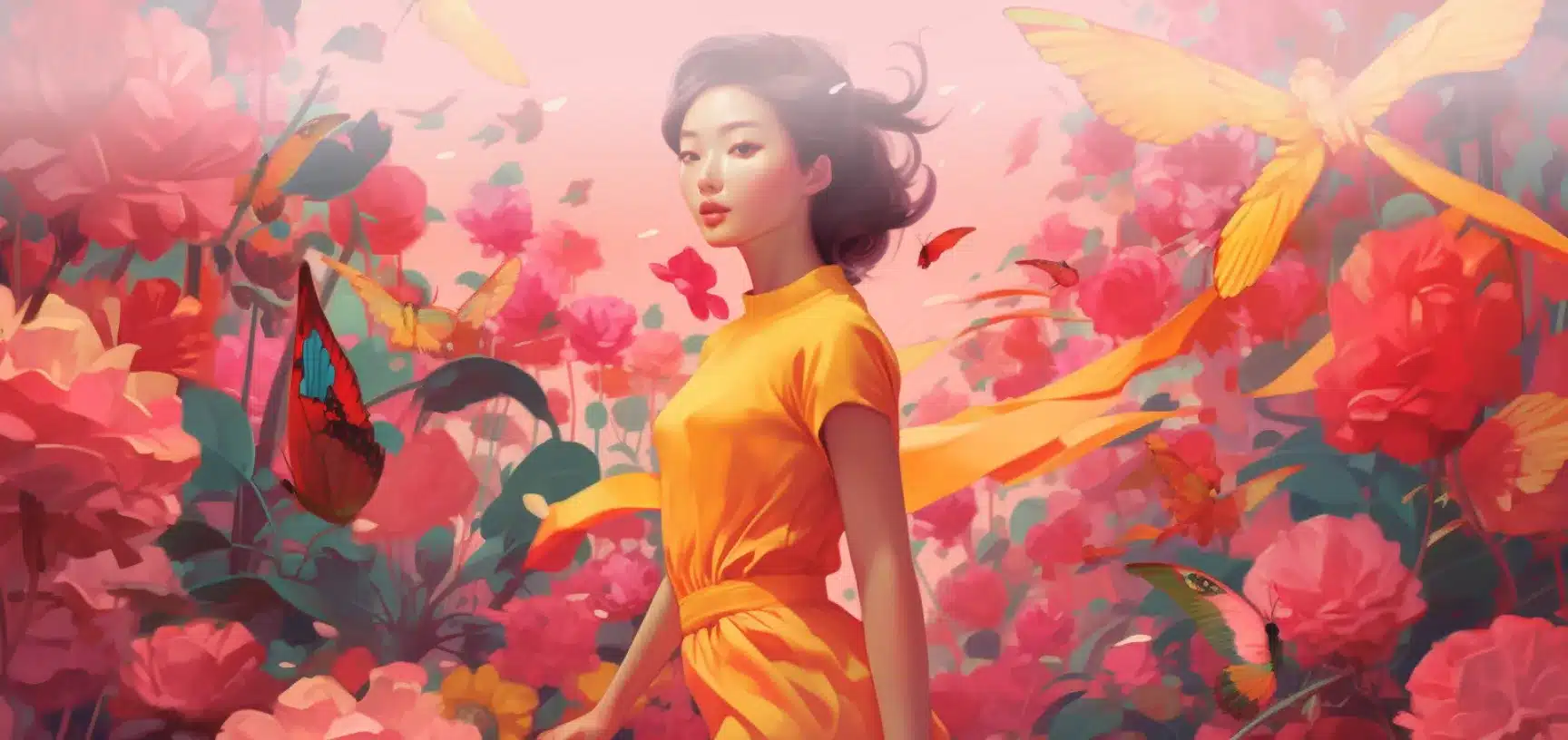
 David Connell
David Connell